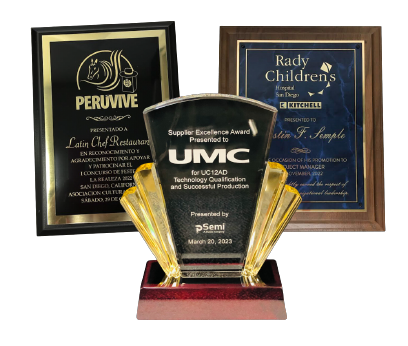Why Custom Branded Name Badges Matter for Your Business
Custom branded name badges serve as powerful identification tools that go beyond simple employee recognition. In today’s competitive business environment, these professional accessories communicate company values, enhance security protocols, and create memorable first impressions with customers and visitors. Companies across industries increasingly recognize that well-designed name badges contribute to brand consistency while providing practical benefits for daily operations.
The decision to implement custom name badges requires careful planning and consideration of multiple factors. From material selection to design elements, each choice impacts both functionality and professional appearance. Smart businesses approach this investment strategically, understanding that quality name badges reflect company standards and attention to detail.
Material Selection: Choosing the Right Foundation
Plastic vs. Metal Options
Different materials offer distinct advantages depending on your business environment and budget requirements. Plastic badges provide cost-effective solutions for large organizations, offering lightweight comfort and versatility in design options. These materials work well in casual environments and for temporary events or seasonal employees.
Metal badges, particularly those made from aluminum or stainless steel, project premium quality and durability. Financial institutions, law firms, and luxury retailers often prefer metal options because they convey professionalism and permanence. The weight and feel of metal badges communicate substance and established business presence.
Environmental Considerations
Your workplace environment significantly influences material choice. Healthcare facilities require badges that withstand frequent sanitization without degrading or losing print clarity. Manufacturing environments need materials that resist chemicals, heat, and physical impact. Office environments allow more flexibility in material selection, focusing on appearance and comfort over extreme durability.
Design and Branding Elements That Drive Recognition
Successful name badge design balances functionality with brand representation. Your company logo should appear prominently without overwhelming the employee’s name, which remains the primary identification element. Color schemes should align with existing brand guidelines, creating consistency across all company materials and touchpoints.
Typography choices significantly impact readability and professional appearance. Sans-serif fonts typically provide better legibility at small sizes, while maintaining clean, modern aesthetics. Font size must accommodate various viewing distances while ensuring all text remains clearly visible under different lighting conditions.
The layout should prioritize essential information hierarchically. Employee names deserve the most prominent placement, followed by job titles or department information. Additional elements like company websites or phone numbers should enhance rather than clutter the overall design.
Durability and Longevity Factors
Print Quality and Fade Resistance
High-quality printing methods ensure your investment maintains professional appearance over time. Digital printing offers excellent detail and color accuracy for complex logos, while screen printing provides superior durability for simpler designs. UV-resistant inks prevent fading under fluorescent lighting and sunlight exposure, maintaining brand colors throughout the badge’s lifecycle.
Lamination or protective coatings add another layer of protection against daily wear, moisture, and handling. These treatments extend badge life significantly while maintaining crisp text and vibrant colors that represent your brand effectively.
Cost Considerations and Budget Planning
Understanding the total cost of ownership helps companies make informed decisions about name badge investments. Initial design and setup costs vary based on complexity and customization requirements. Quantity breaks typically offer significant savings, making bulk orders more economical for larger organizations.
Ongoing costs include replacement badges for new employees, updates for promotions or department changes, and periodic refreshes to maintain professional appearance. Companies should budget for approximately 15-20% annual replacement rate due to normal turnover and wear.
Consider the cost per impression when evaluating different options. Higher-quality badges that last longer often provide better value despite higher upfront costs. Calculate the total lifecycle cost rather than focusing solely on initial price points.
Employee Comfort and Wearability
Attachment Methods and Ergonomics
Badge attachment significantly impacts employee satisfaction and consistent wear compliance. Traditional pin-back attachments work well for heavier fabrics but can damage delicate clothing. Magnetic attachments offer strong hold without fabric damage, though they may not work with all clothing materials.
Clip-on attachments provide easy removal and repositioning throughout the day. Lanyards offer hands-free wearing but may create safety concerns in certain work environments. Retractable badge reels combine functionality with professional appearance while allowing easy card access for security systems.
Weight distribution affects comfort during extended wear periods. Larger badges require more substantial attachment methods to prevent sagging or movement that detracts from professional appearance.
Security and Identification Features
Modern name badges often integrate security features beyond basic identification. Proximity cards or RFID technology enable access control while maintaining the visual identification benefits of traditional badges. These dual-purpose solutions reduce the number of items employees must carry daily.
Security considerations extend to information displayed on badges. Including employee ID numbers or department codes helps internal security while limiting sensitive information visible to customers or visitors. Some organizations use color-coding systems to indicate access levels or departmental affiliations quickly.
Photo integration adds another security layer, though it increases production complexity and costs. Digital photos ensure consistency and professional appearance while providing definitive identification for security personnel.
Implementation and Distribution Strategy
Rollout Planning and Employee Training
Successful name badge implementation requires clear communication about expectations and proper care instructions. Employees should understand cleaning procedures, replacement processes, and company policies regarding badge wear requirements.
Distribution logistics matter particularly for multi-location businesses. Centralized ordering ensures consistency while local distribution reduces shipping costs and delivery times. Digital proof approval processes help prevent costly errors and ensure satisfaction before production begins.
All Time Awards specializes in creating professional custom name badges that meet diverse business requirements. Their expertise in materials, design, and production processes helps companies make informed decisions that align with brand objectives and budget constraints. Contact All Time Awards today to discuss your custom name badge needs and discover how professional identification solutions can enhance your business image.


